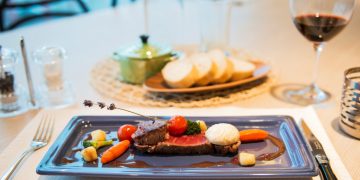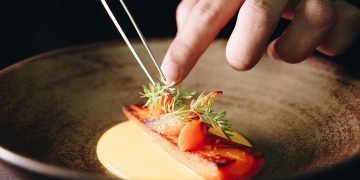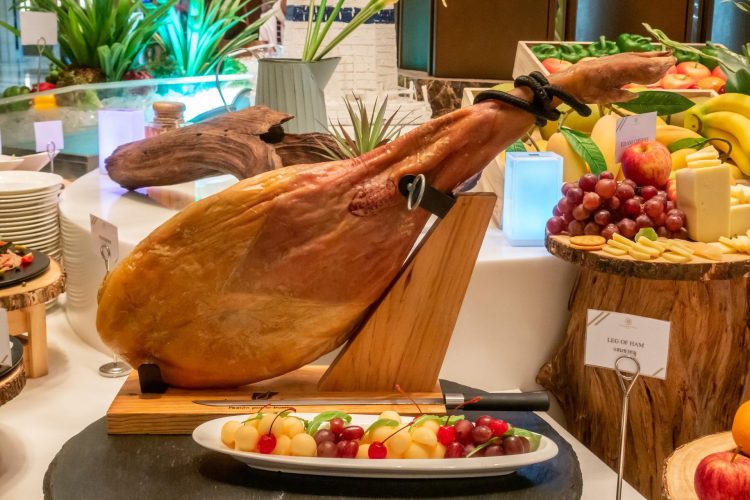In elegant restaurants, each exquisite dish is not only a feast for the taste buds, but also a respect for the source of ingredients. The journey of premium ingredients begins on farm land, carefully cultivated and selected, and ultimately appears on the dining table in an almost artistic form. This process not only involves agricultural production, but also includes multiple links such as logistics, cooking, and services, each of which plays a crucial role in the final food quality.
Everything starts with the land. High quality ingredients require fertile soil, suitable climate, and pollution-free environment. For example, black truffles in France require the unique ecological environment of oak forests to grow; And Chile’s seafood benefits from the mineral rich Humboldt Current. Farmers and fishermen rely on the knowledge passed down from generation to generation and the help of modern technology, committed to providing the most natural and healthy ingredients.
On the farm, the growth and harvest of each ingredient have their specific cycles. Farm workers carefully take care of the plants according to their growth rhythm and the breeding conditions of the animals, ensuring the quality of the ingredients. For example, Wagyu cattle in Australia require a peaceful breeding environment and careful selection of feed to ensure the richness and taste of the meat. Farm work is not only physical labor, but also a profound understanding and respect for natural laws.
When ingredients are ripe, harvesting and transportation become the key to ensuring their freshness and quality. This usually requires a fast and precise logistics system. From farm to table, this journey requires cold chain transportation, appropriate storage conditions, and efficient delivery, especially for high-end ingredients that are prone to spoilage, such as fresh sea urchins or freshly picked wild mushrooms, these details are particularly important.
After entering the kitchen, the ingredients will be transformed into delicious dishes one after another. Cooks not only need to have skills, but also a sense of awe towards the ingredients. They understand the characteristics of each ingredient and know how to maximize its flavor through cooking techniques. Whether through grilling, boiling, frying, or marinating, each method aims to highlight the essence of the ingredients.
Finally, when food is presented on the dining table, it is not only the end of the ingredients’ journey, but also the beginning of the diners’ experience. The introduction of service personnel, the atmosphere of the restaurant, and the arrangement of tableware all put a perfect end to the journey of ingredients, while also providing diners with a comprehensive sensory experience.
From farm to table, behind every premium ingredient is the crystallization of countless people’s hard work and pursuit of quality. This journey is not only the physical transfer of ingredients, but also the transmission of culture, art, and emotions. Whenever we savor at the dining table, we can imagine the journey of these ingredients from the land to the table, as well as the effort and enthusiasm invested in each step. In this way, every bite of food is not only a pleasure of taste, but also a reflection of life.
















































